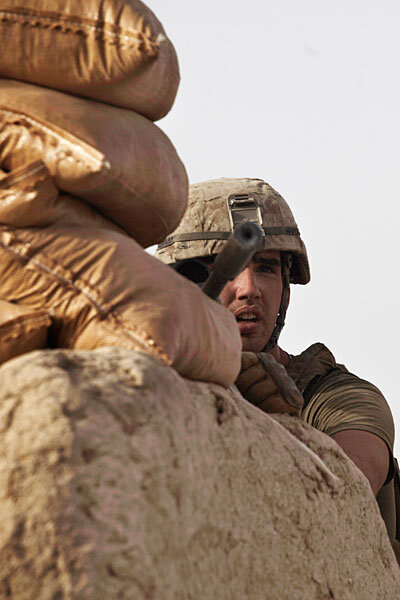This monitor is able to track gunshots from the source of their sound – trickier than it sounds, as good snipers can be tough to pinpoint, particularly in the stress of battle.
Soldiers simply wear the 2 lb. device about the size of a deck of cards. Four sensors attached to it analyze the supersonic sound waves of incoming gunfire and produce a readout on a display that gives the distance and direction of the hostile bullet rounds.
“When you get fired on, instead of trying to figure everything out, you will have technology to assist you in knowing what happened and where the shot was coming from,” said Brig. Gen. Peter Fuller with the Pentagon’s Program Executive Officer Soldier division.
Since March, the devices have been arriving in Afghanistan at the rate of about 1,500 per month. The plan, say Pentagon officials, is to “strategically distribute” a total of 13,000 of them to small units that specialize in dismounted (military parlance for walking) patrols.
Ultimately, Pentagon officials hope to link the technology to other networks, “complete with a helmet-mounted display screen” that uses global positioning satellite display technology on maps. The networks could then distribute that information to a unit’s command headquarters, for example.
“How about, if you get shot at, not only do I know where that came from, but others know where it came from because I can network that capability,” said General Fuller. “We’re really trying to ensure that every soldier is protected.”





